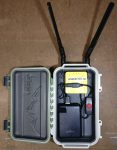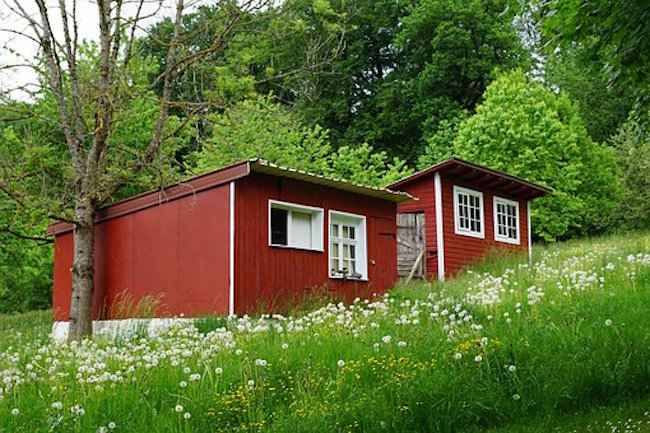Tactical Technology for TEOTWAWKI – Part 2, by J.M. for Survival Blog
Part 1 – Tactical Technology for TEOTWAWKI
YOU CAN’T STOP THE SIGNAL!
Much of the gear I’ll be discussing utilizes wireless communications for remote control and data exchange, so there are a number of dynamics that need to be understood to maximize their use. First, there are the factors that impact every radio signal:
- Transmission power – The more power used to transmit, the stronger the signal and the further away it can be received. In the US the Federal Communications Commission (FCC) sets limits on how much power can be used to transmit.
- Antenna – The more closely the antenna is matched to the desired wavelength (or an even subdivision thereof – e.g. ½, ¼, etc.) the better the reception. The location and orientation of the antenna can also impact transmission and reception. In general, the higher the antenna is the further it can transmit and receive, and a having both the transmitting and receiving antennas in the same orientation (vertical or horizontal) will tend to improve the communications.
- Obstacles – The obstacles between two points of communications can impact how well the signal gets through. This can include rain and snow.
- Electromagnetic Interference (EMI) – This is the disruption of radio signals by other sources of electromagnetic radiation. The good news is that in a post-SHTF scenario the most common forms of EMI (like power lines, microwave ovens and WiFi networks) probably won’t be an issue.
- Distance – In general, the further apart two communication points are the less likely they are to have a good signal.
- Frequency – Lower frequencies tend to travel further than higher ones.
I know the radio purists out there are probably grinding their teeth at my over-simplifications, but I just want to provide some general ideas for how various factors can impact wireless communications. Note that most of the equipment I’ll be discussing utilizes WiFi networking and a 2.4GHz frequency, so that’s what I’ll be focusing on here.
Support Our Site

Now is your chance to support Gospel News Network.
We love helping others and believe that’s one of the reasons we are chosen as Ambassadors of the Kingdom, to serve God’s children. We look to the Greatest Commandment as our Powering force.
For WiFi networks there are two common types – ad-hoc and infrastructure. Ad-hoc networks are point-to-point networks – two devices connect directly to each other to communicate back and forth. Infrastructure networks have some kind of central router device which multiple devices connect to and exchange information. Some of the equipment I’ll be discussing creates its own WiFi network and you have to connect directly to it with your mobile device to control or access it, which is essentially an ad-hoc connection. Other equipment requires that a separate WiFi infrastructure network already be present to connect to – for these types of devices you can use something like a GL.iNET GL-MT300N, which is a tiny USB-powered WiFi router. I made a field-deployable WiFi network in a box using an Otterbox DryBox 3250, a GL.iNet GL-MT300N router, a small 10,000mAh USB battery pack, some SMA pigtail cables, a USB cable with a power switch, a short USB cable and some high-gain USB antennas.
The MT300N router circuit board has two small U.fl/ipx connectors that aren’t used, so you can open the router (the bottom panel pops off), plug in the short SMA pigtail cables, drill holes in the top of the Otterbox for the SMA connectors (and seal with silicone!) and attach the external antennas to significantly increase your range.
A 10,000mAh battery will power the network for over 24 hours (depending on the load), and the range can reach 100’ in moderately obstructed terrain. The two antennas unscrew and store inside the box for transport. You could make a much smaller version by removing the router and battery from their casings and soldering the connections. Much of the equipment discussed tends to have somewhat limited transmission power and small antennas, which reduces the range at which it can operate. If you need to increase the operating range there are a number of potential options available:





